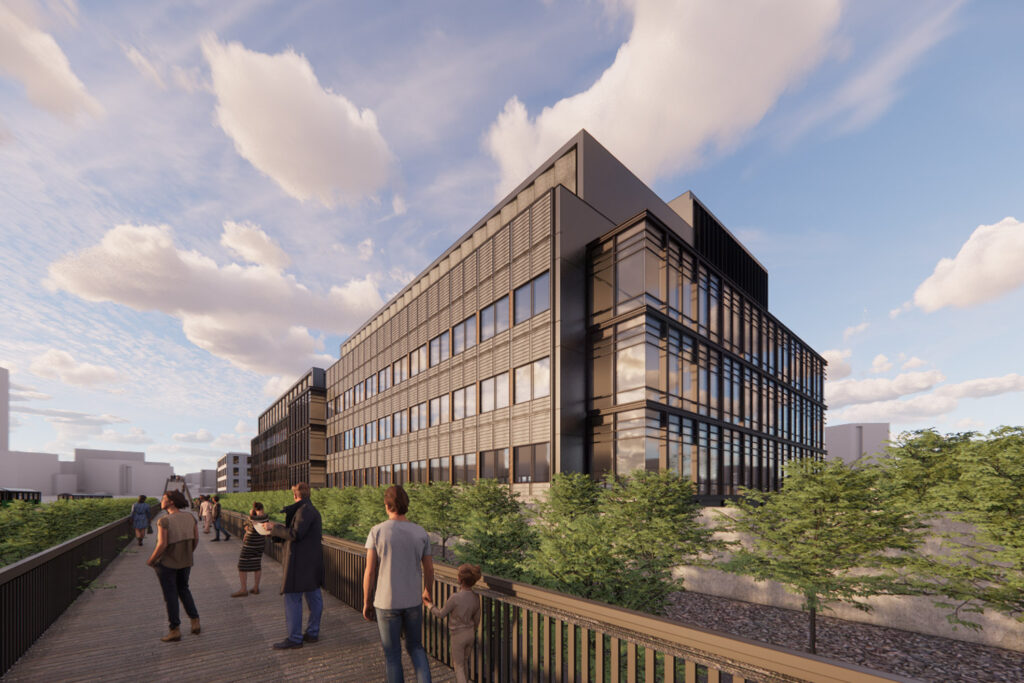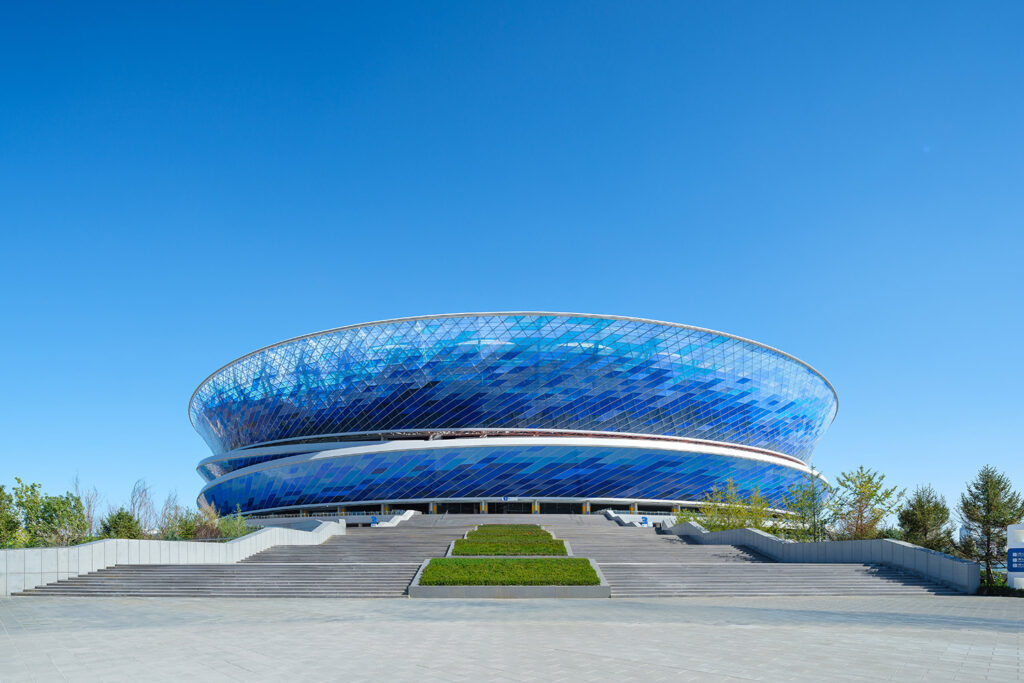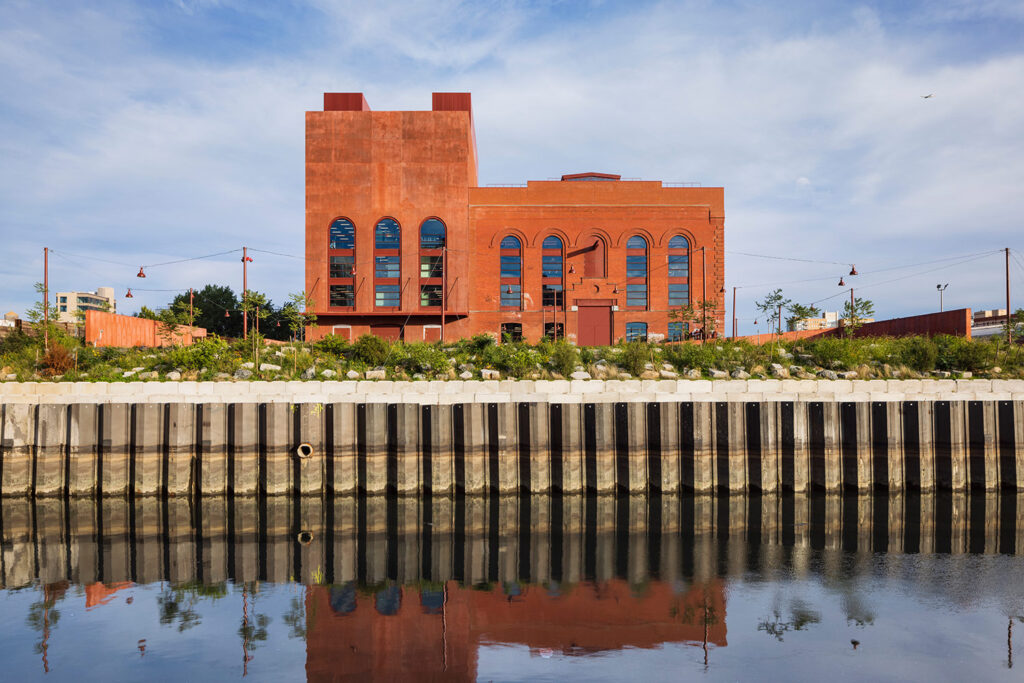Industry-shaping efforts in reducing embodied carbon
With the world in the grip of the climate crisis, the built environment must transform to an industry that takes a proactive role in the reduction of carbon emissions. This includes embodied carbon. Here, learn about changes in views towards embodied carbon, and the importance of measuring and reporting it.
The impacts of the climate crisis are increasingly visible, and increasingly damaging. From extreme heat that is dangerous to people and infrastructure alike, to droughts and floods, to severe impact on supply chains and food security, the climate crisis affects all corners of the world.
Decarbonisation within the built environment is critical if we are to play a role in tackling the climate emergency. The way buildings, cities and spaces are designed, delivered and used needs to – and can – have a positive effect on the environment, rather than one that exacerbates the problem.
Greenhouse gas (GHG) emissions are a key contributor to the climate crisis, so we have a responsibility to look holistically how they can be reduced and managed within the built environment. This includes both operational and embodied carbon.

Embodied carbon in the built environment
The focus in the built environment on embodied carbon complements focus on operational carbon. Operational carbon comes from the heating, lighting and use of buildings. Systems and actions to decarbonise the operation of a building have – rightly – drawn a lot of focus in recent years.
It is also critical that attention is given to embodied carbon and that we look at the global warming potential of ‘carbon’ within the manufacture, transportation, construction, maintenance and disposal of materials that make up a building or asset. Embodied carbon is measured in ‘carbon dioxide equivalent’ (CO₂e) to encompass the various gases that are emitted (including carbon dioxide and methane).
In contrast to operational carbon, embodied carbon is the carbon trapped within the materials of the building and consumed during the construction process (both at the start and the end of a project life cycle). Operational carbon – from the heating, lighting and use of buildings – may traditionally be more evident, but embodied carbon must be understood, prioritised, measured, reported and reduced if we are to lessen and improve the impact of the built environment on our planet.

Because huge improvements have been made in the operational efficiency of buildings, embodied carbon becomes proportionally more relevant across the life cycle of a building.
It is a complex problem, but one that is critical to address. As the energy grid decarbonises and we get better and more efficient buildings on the operational side, materials and respect for our resources become more and more important on the embodied carbon side. Material choice and a reduction in initial material extraction sits at one end of the supply chain, while effective, consistent and transparent embodied carbon modelling and reporting processes sits at the other.
What influence does Buro Happold have?
Buro Happold has been clear on the importance of addressing embodied carbon within our work. We have both a responsibility and a desire to play our part, and we are a part of an industry shift in how embodied carbon is understood within the built environment, and in action that is being taken.
We were founding signatories on the SE2050 initiative, which is targeting halving embodied carbon in our structures by 2030 and getting it to zero by 2050. We are also part of the MEP 2040 Challenge, which encourages systems engineers to advocate for and achieve net zero carbon in their projects: operational carbon by 2030 and embodied carbon by 2040.
Additionally, we are signatories on ConcreteZero, the global initiative aiming to transition to 30% low emission concrete by 2025 and 50% by 2030, setting a clear pathway to using 100% net zero concrete by 2050. SteelZero, a similar initiative on which we are signatories, aims to drive the transition to a net zero global steel industry.
In 2023, we launched our routemap to net zero, demonstrating our commitment to the positive impact we can have on environments around us. One of the two key commitments in our routemap is to reduce the embodied carbon intensity of all new buildings, major retrofits and infrastructure projects by 50% from a 2020 baseline by 2030.

We have recently been involved in another industry-shaping effort: the Embodied Carbon Modelling and Reporting guidance from The UK Green Building Council (UKGBC). Buro Happold experts were part of a task group for this report, which exists to improve transparency of embodied carbon assessments; it helps the built environment to accurately model and report on embodied carbon within construction projects.
This work is about setting high standards across calculations and data sets, to increase the quality of embodied carbon reporting across the UK and to increase its consistency. Results are more reliable when everyone follows the same best-practice methods, advice and guidance.
Holly-Mo Vyse, senior sustainability consultant, Buro Happold
The main driver behind this report is to increase the quality of UK embodied carbon reporting, including transparency across calculations and data quality. Setting standards and enabling increased consistency of embodied carbon reporting across projects is key in driving positive change across the wider industry.
Holly-Mo Vyse and Alistair Thomas, both sustainability consultants at Buro Happold, sat on the task group for the report. Holly-Mo focused on the area of transparency.
Alistair and Holly-Mo’s inclusion in the task group for this report is indicative of the importance Buro Happold attaches to working out solutions for the knotty problem of embodied carbon. The group included many experts across the industry, all who brought different expertise and specialisms to ensure diversity of voice. Plans for a future masterclass in April 2024 based on the new guidance are underway, which Alistair and Holly-Mo will be assisting in leading.
Consistency is the key word here: consistency across embodied carbon reporting can be achieved when we use the same approach. More robust data from assessments across the industry is key in driving policy and being able to influence change.
Alistair Thomas, associate sustainability consultant, Buro Happold








